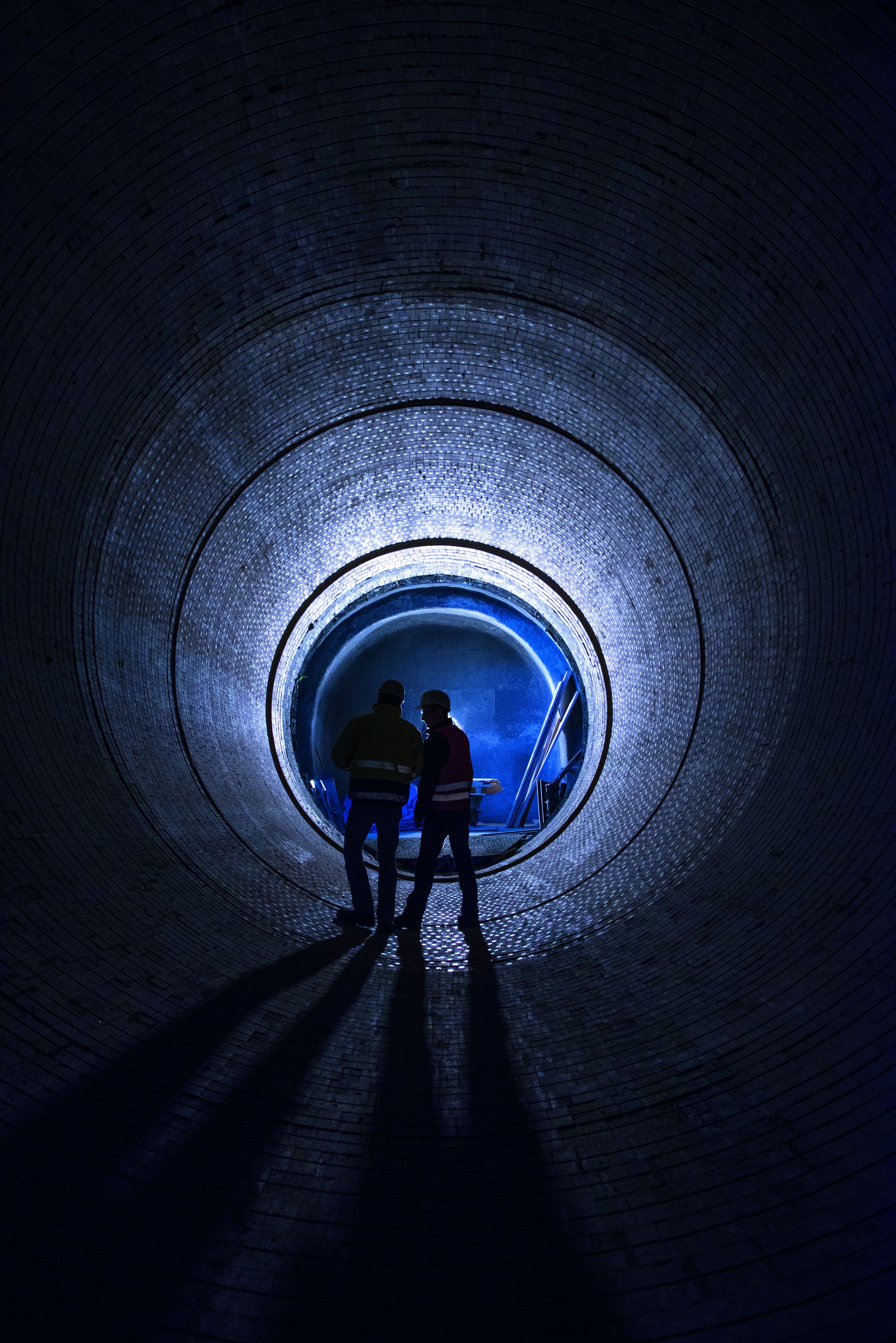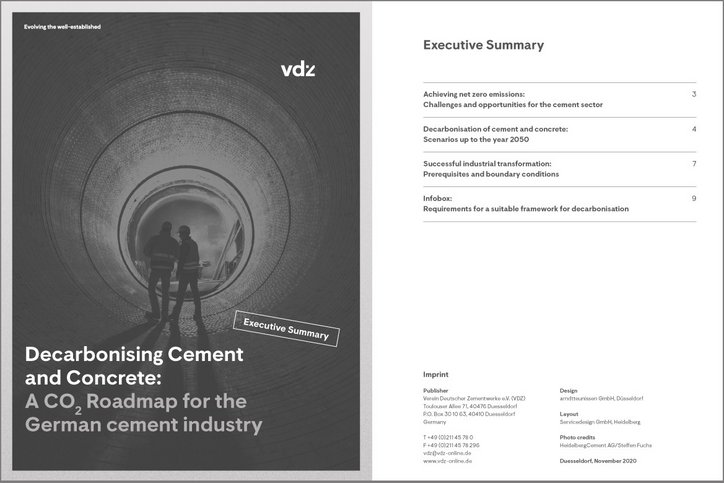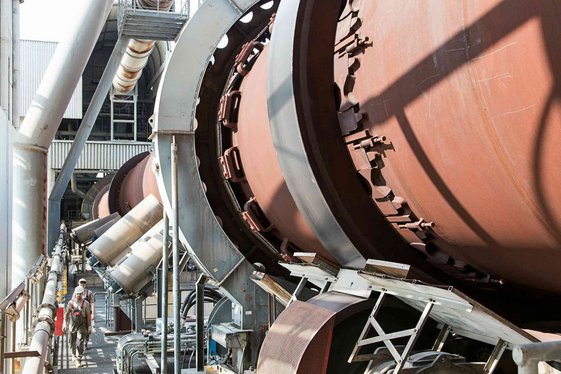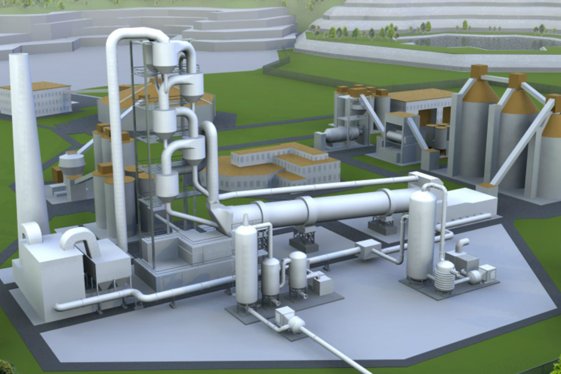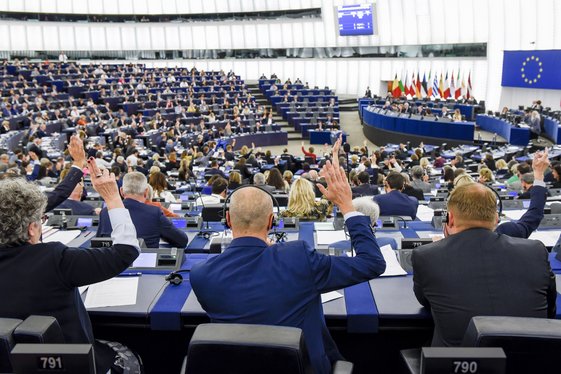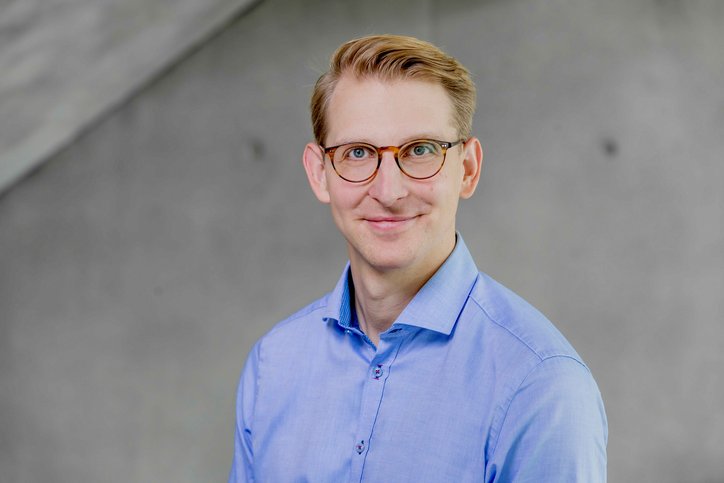In Germany, the production of one tonne of cement is associated with around 600 kg of CO2 emissions - of which roughly two thirds can be attributed to raw material-induced process emissions and only one third to fuel emissions. The total CO2 emissions of the cement industry in this country currently amount to roughly 20 million tonnes, or approximately 2% of national CO2 emissions. But how does CO2 occur in the cement production process?
The first stage of cement production involves the extraction of limestone in quarries and its comminution and subsequent burning at temperatures of 1450 °C in rotary kilns to produce cement clinker. The chemical properties which are responsible for the performance of the cement and the great stability of the concrete in which it is used are formed in this process. In the course of burning, process-induced CO2 occurs during calcination of the limestone to form quick lime, a preliminary stage of cement clinker, on the basis of the following chemical reaction: CaCO3 → CaO + CO2.
